-
Solutions
-
Industries
-
Services
-
Archive
-
Company
-
Introduction
-
-
Company
-
Human Resource
-
What is DDM?
Digital Decision Manager (DDM) is an integrated platform that separates business rules distributed within the enterprise from corporate applications and other system processes, allowing the centralized management of business rules independently.
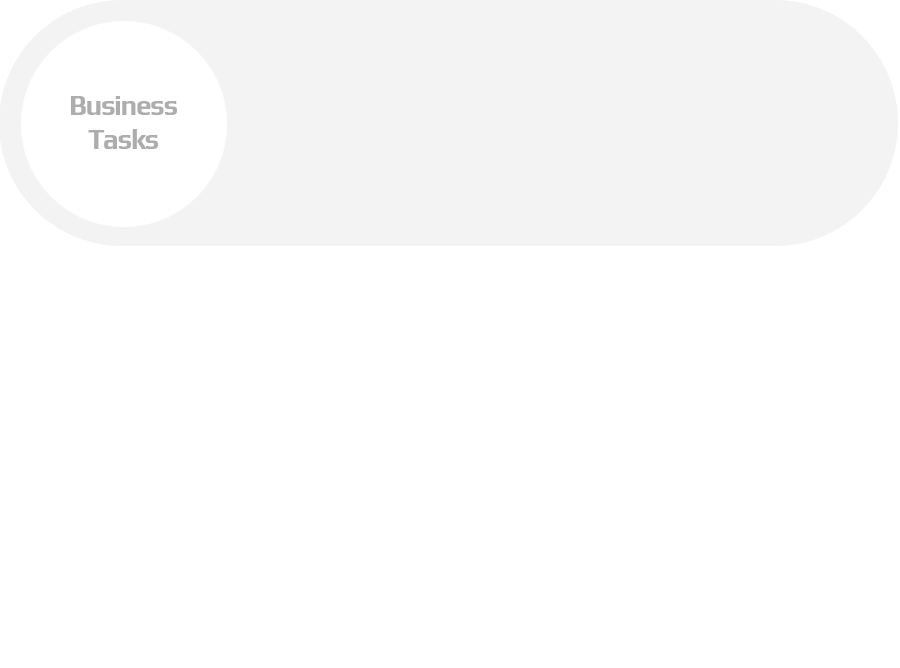
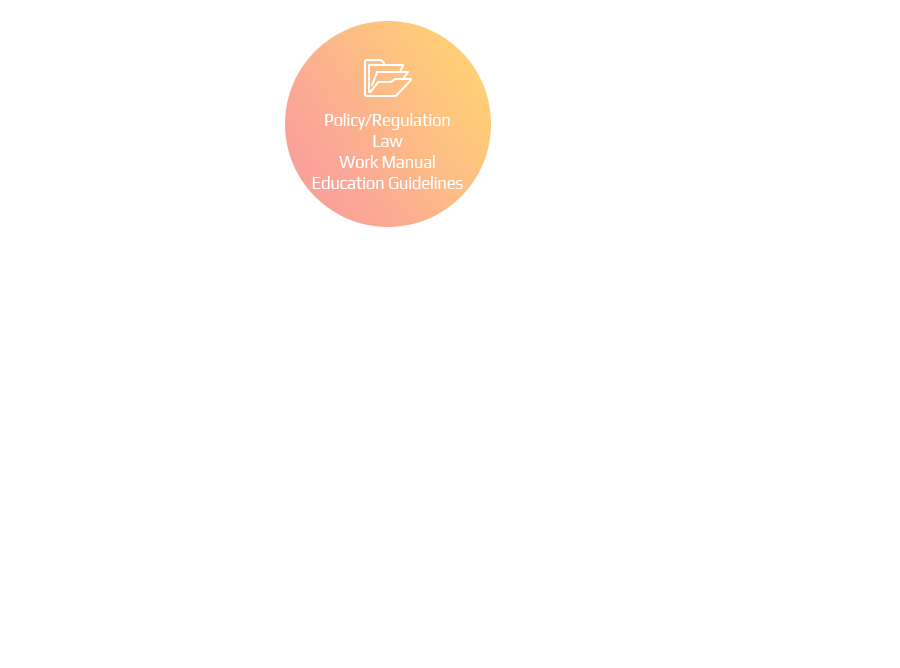
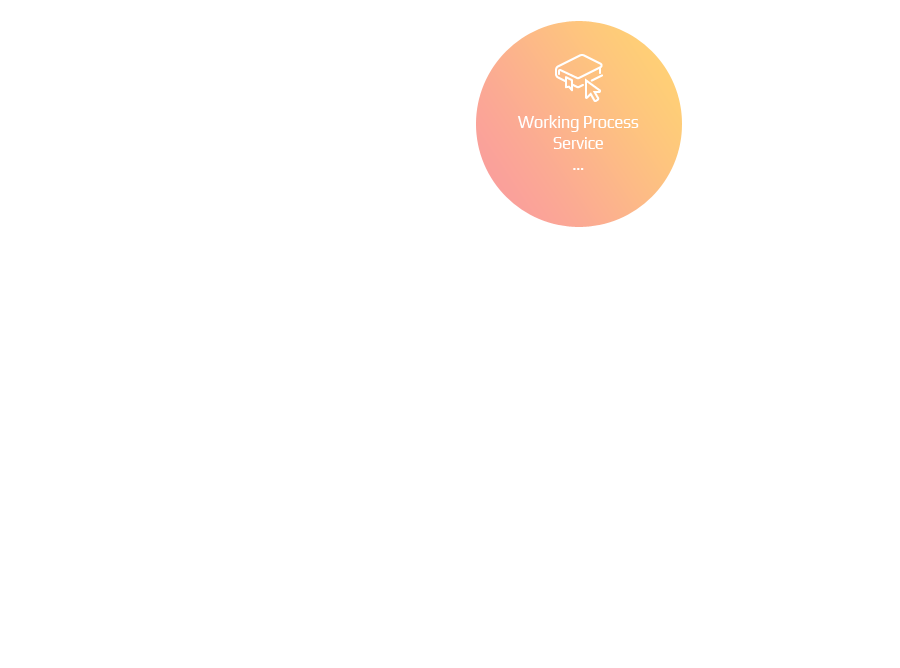

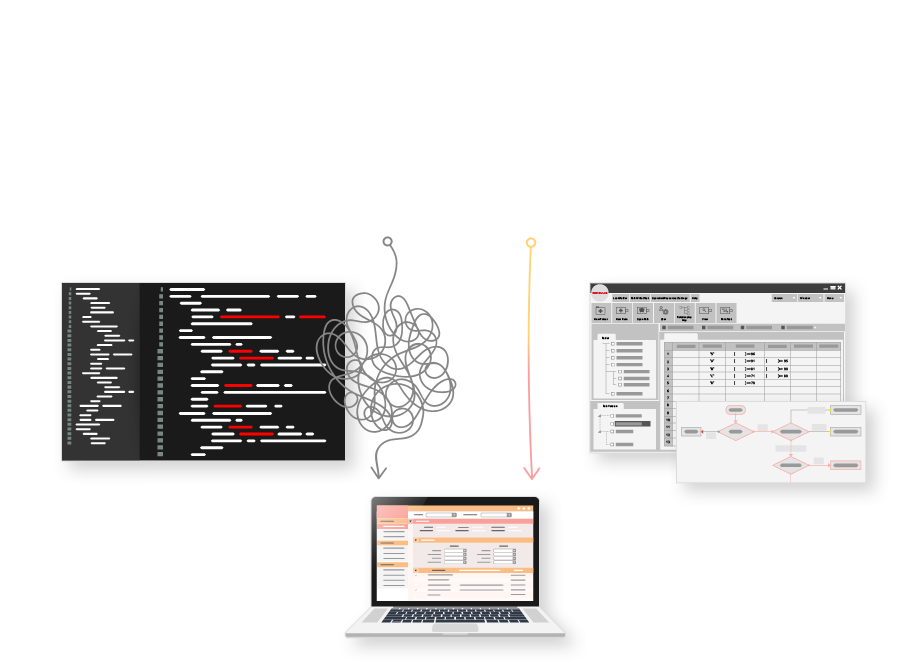

-
- Develop and change rules in a productive and
controlled manner without coding based on program grammar 
- Develop and change rules in a productive and
-
- Improved collaboration between IT and business, shorten development time,
and minimize errors by using expressions that can be understood by non-developers 
- Improved collaboration between IT and business, shorten development time,
-
- Centralized and integrated business rule management
and operation is possible using the integrated management tool 
- Centralized and integrated business rule management
InnoRulesDigital Decision Manager
INNORULES' Digital Decision Manager is used in various industries, such as the financial sector, manufacturing, healthcare, government/public institutions, etc. InnoRules has proven its performance and quality through benchmarking tests conducted by a number of customers.


-
2.5Times Faster
Response Time (ms)
-
4.3Time the Workload
TPS (Treatment Count/Sec)
-
World's best processing performance
BMT → 4 times faster processing than competitors
-
Response Time (ms)
Identifying subordinate relationships between tasks and classifying and managing rules through explorer-type management
-
Familiar and diverse rule templates and rule expression methods
Eight rule templates and rule expressions reminiscent of MS Office programs
-
High scalability and stability
Secure system stability through world-class quality management
Benefits
Based on its robust performance, InnoRules contributes to customer business process innovation and provides a foundation for future growth.
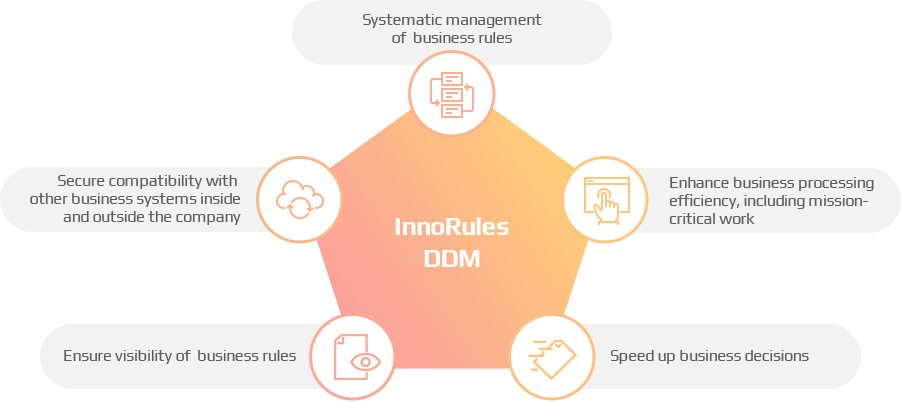

Features
InnoRules is an easy and powerful integrated platform for business rule management, with functions and system components that can dramatically improve the efficiency of enterprise system development and operation.
-
 Easy and convenient rule creation/modification
Easy and convenient rule creation/modificationIdentifying subordinate relationships between tasks and classifying and managing rules through explorer-type management Provides intuitive and familiar user environment, such as explorer, excel, and flow chart For recycling or commonization purposes, rules can be disassembled and managed down to the cell level Can be used by calling one unit rule, or a rule that calls multiple different rules Create a rule by selecting an appropriate rule template according to the characteristics of business and implementation requirements through various rule templates
-
 Powerful test & simulation capabilities
Powerful test & simulation capabilitiesDuring development, it is possible to immediately test each rule execution stage Real-time tracking of the process of deriving rule results according to the flow Testable by scenario Rule grammar error check and consistency check Determine rule execution time, relationship, and impact
-
 Approval, transfer and distribution
Approval, transfer and distributionTransfer by approval procedure History management for transferred rules (transferee, transfer date, last editor, edit date, rule content, etc.) Collective transfer and individual transfer Uninterrupted transfer, simultaneous transfer and immediate distribution
-
 Rule life cycle and permission management
Rule life cycle and permission managementRule Version Management Permission management and access control Multi-system environment and system implementation support
-
 Flexible development environment support
Flexible development environment supportMulti-user concurrent development Develop remote collaboration Support for integration with 3rd party products
Rule Templates
-
Table Rule
The template is similar to Excel. One can express and manage business rules in the form of an Excel table.
-
Decision Table Rule
Used to manage reference information that is expected to change frequently in a similar form to Excel.
-
Flow Rule
A flow chart-type template that is used to represent rules according to the flow of work.
-
Branch Rule
Use to handle tasks that require subrule invocation under certain conditions.
-
Loop Rule
A flow chart-type template that is used to represent rules according to the flow of work.
-
Data Rule
Rule template for mapping and referencing information managed in a physical database table.
-
Callback Rule
Call external modules (communication with applications) to use when results need to be recalled from the rule.
-
DB Rule(SQL)
Query the value of the business DB table using SQL statements.
Architecture
- Rule Builder
-
An integrated tool designed for rule development, operation and management
Rule development and testing Rule simulation Rule approval and transfer
- Rule Builder Server
-
A server designed for rule development, operation and processing
Rule consistency & accuracy check Saving rules in repository and processing
- Rule Engine
-
A high-performance engine with great scalability for rule processing and execution
Loads rules needed for WAS operation into the memory Access to data at high speed by referring to the memory
- Repository
-
A stable and highly scalable rule storage
Supports general DBMS Able to distribute, back-up and recover rules, using XML export and import features
- API
- Supports SOAP and HTTP
Cases
Find out why digital innovation is taking place across various industries,
and why many market-leading companies choose INNORULES as their digital innovation partner.







